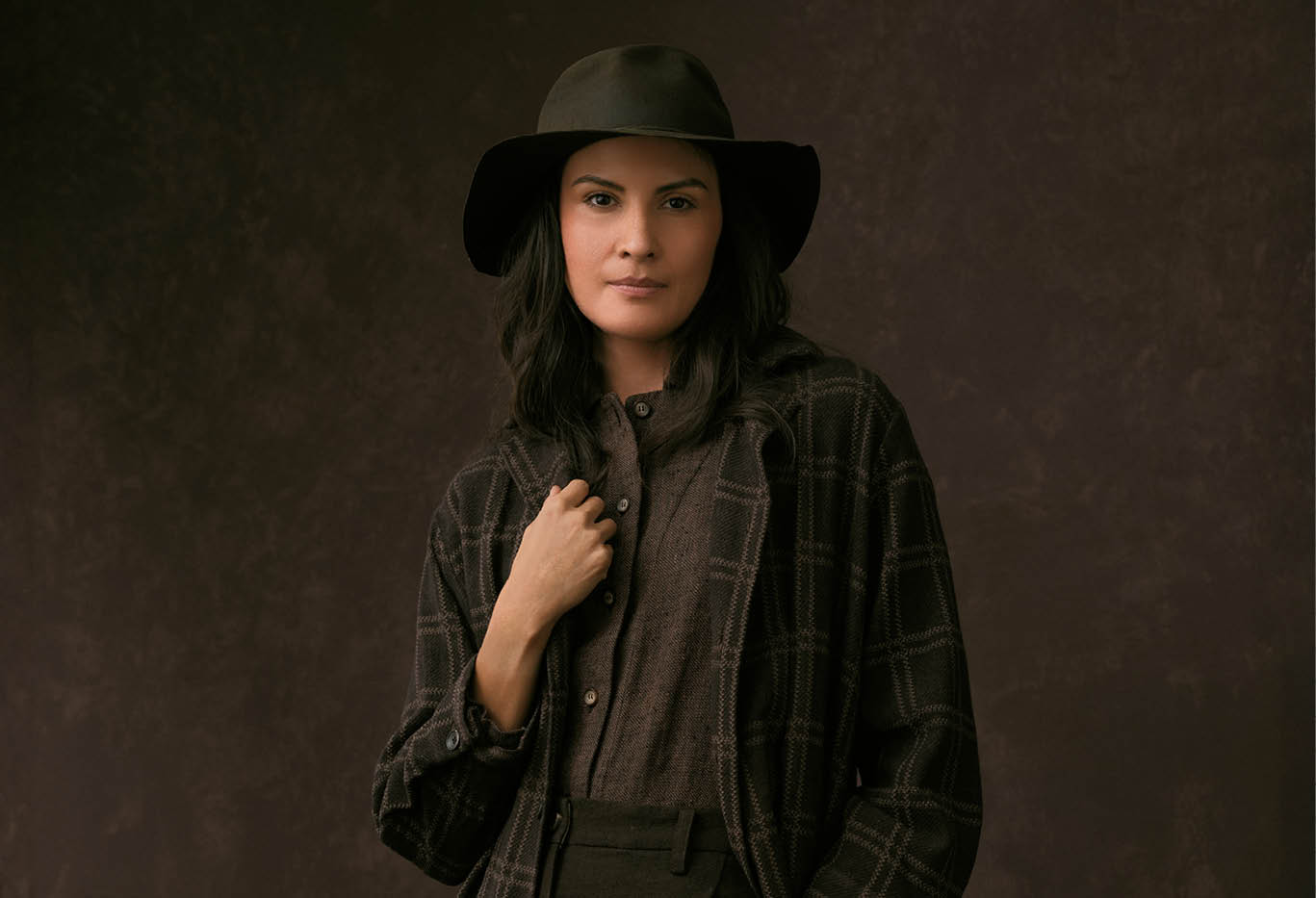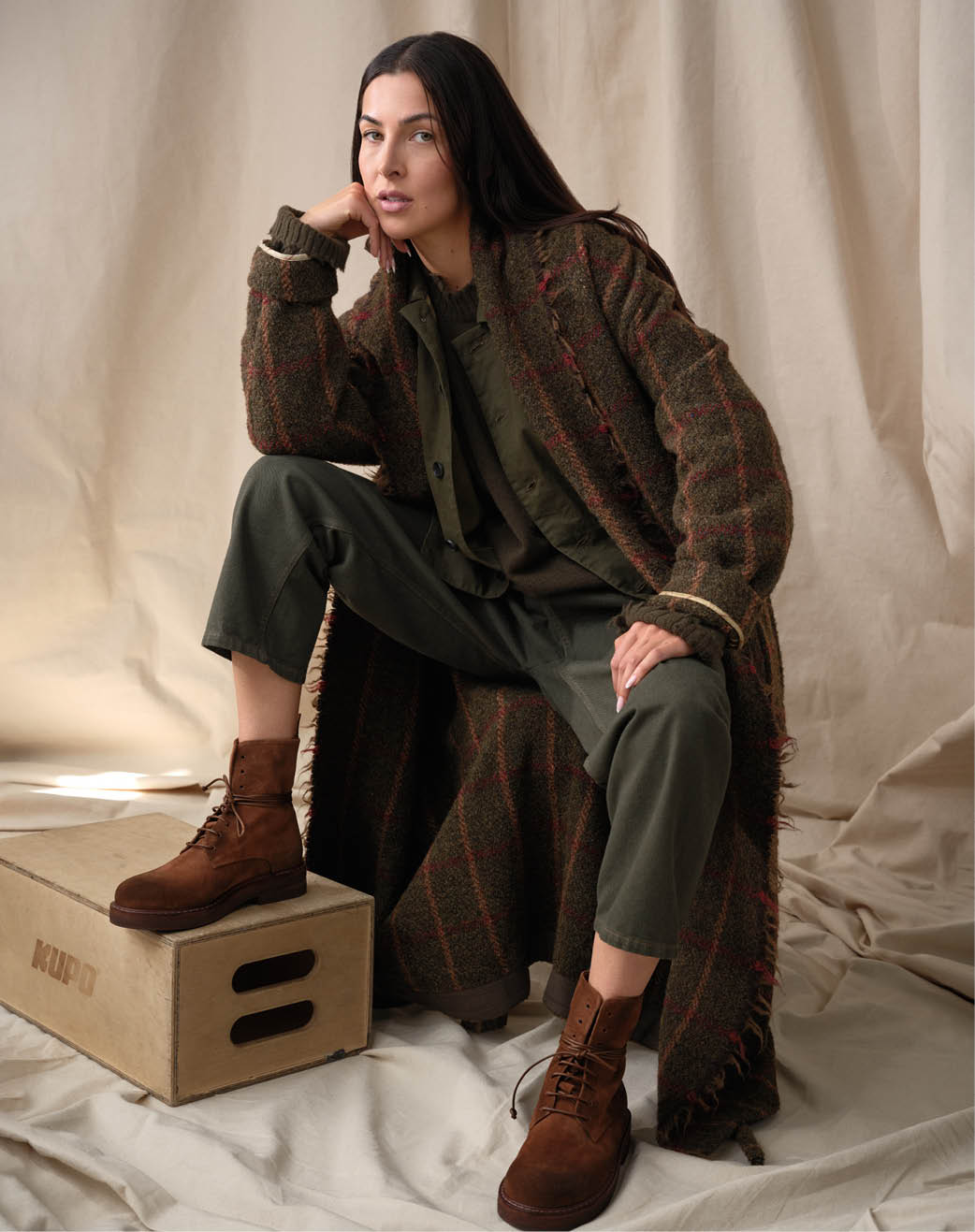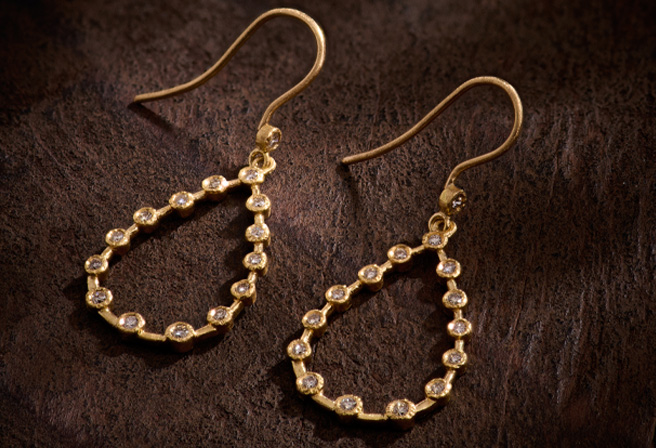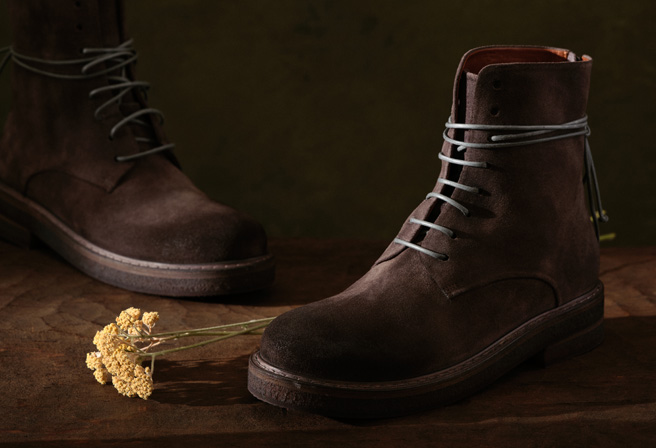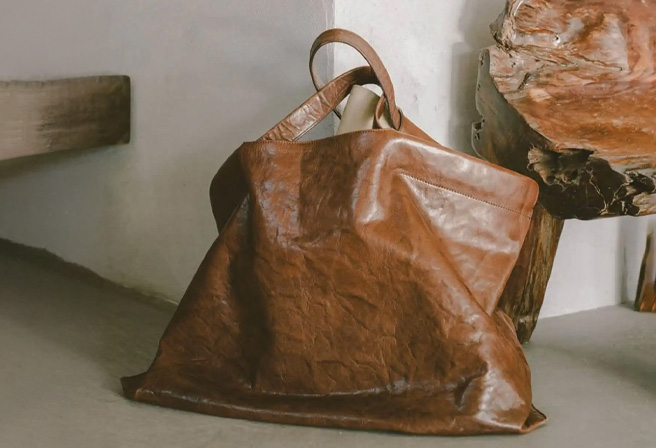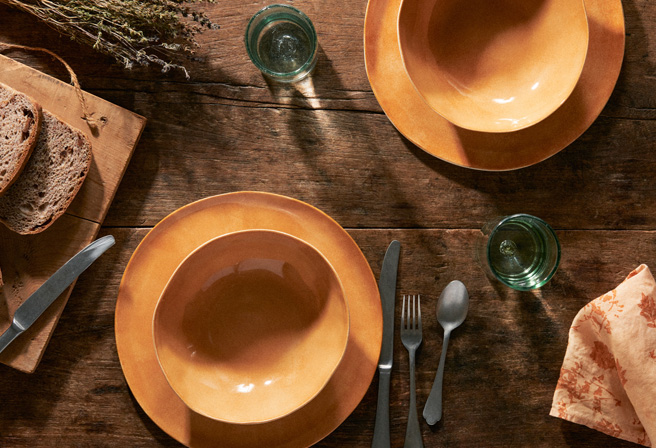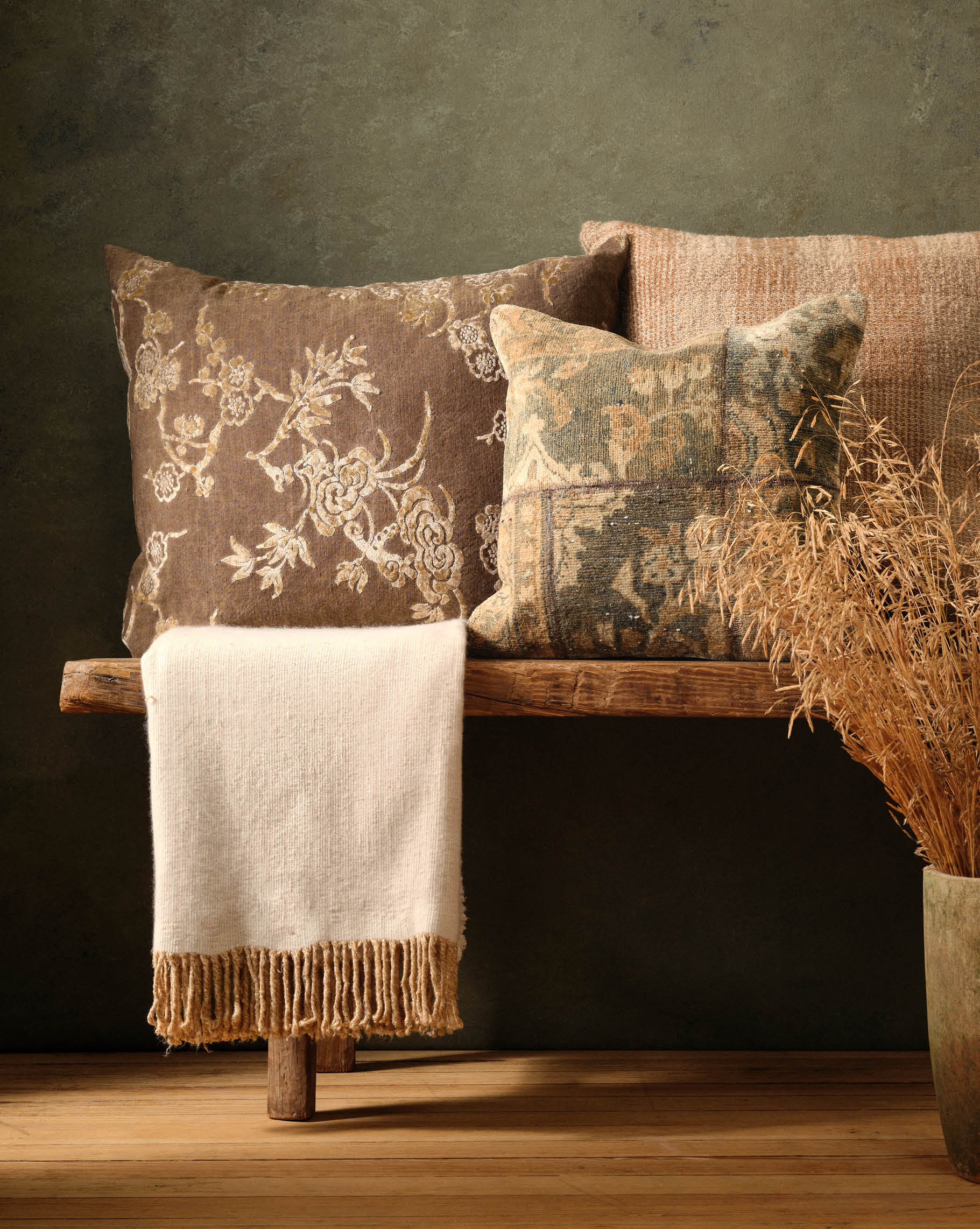What do Indonesian ikat, Egyptian tribal scarves and Turkmen camel trappings have in common?

Other than their exquisite handicraft and ceremonial use, they capture thousands of years of textile history in between each thread of yarn.


The oldest ikat textile found was discovered in an Egyptian Pharaoh’s tomb – a delicate weave that dates back 5000 years and originated in India. In the centuries afterwards, silk Odishan ikat blossomed along the Silk Road as commerce boomed from Bhubaneswar in Odisha to Tashkent, Damascus and on to Cairo and Istanbul.

Within each piece, Biyan explores Indonesia’s vast visual history — often his motifs echo the symbolic meanings of its traditional patterns. Abstract florals and animals peek out from his beading and embroidery work — harnessing not just exuberant, earthy drama but core femininity.



